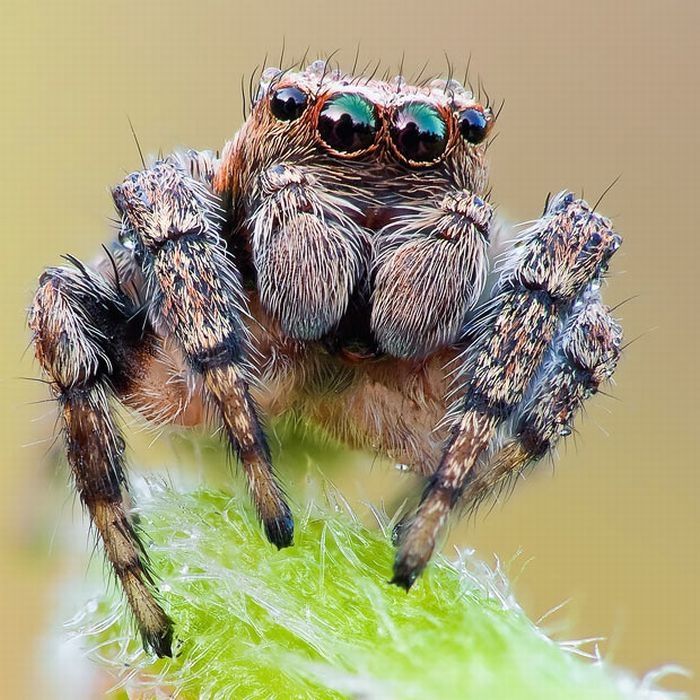|
|
Insect Macro Photography
|
Traditional morphology-based or appearance-based systematics has usually given Hexapoda the rank of superclass, and identified four groups within it: insects (Ectognatha), springtails (Collembola), Protura and Diplura, the latter three being grouped together as Entognatha on the basis of internalized mouth parts. Supraordinal relationships have undergone numerous changes with the advent of methods based on evolutionary history and genetic data. A recent theory is that Hexapoda is polyphyletic (where the last common ancestor was not a member of the group), with the entognath classes having separate evolutionary histories from Insecta. Many of the traditional appearance-based taxa have been shown to be paraphyletic, so rather than using ranks like subclass, superorder and infraorder, it has proved better to use monophyletic groupings (in which the last common ancestor is a member of the group). The following represents the best supported monophyletic groupings for the Insecta.
Insects can be divided into two groups historically treated as subclasses: wingless insects, known as Apterygota, and winged insects, known as Pterygota. The Apterygota consist of the primitively wingless order of the silverfish (Thysanura). Archaeognatha make up the Monocondylia based on the shape of their mandibles, while Thysanura and Pterygota are grouped together as Dicondylia. It is possible that the Thysanura themselves are not monophyletic, with the family Lepidotrichidae being a sister group to the Dicondylia (Pterygota and the remaining Thysanura).
Paleoptera and Neoptera are the winged orders of insects differentiated by the presence of hardened body parts called sclerites; also, in Neoptera, muscles that allow their wings to fold flatly over the abdomen. Neoptera can further be divided into incomplete metamorphosis-based (Polyneoptera and Paraneoptera) and complete metamorphosis-based groups. It has proved difficult to clarify the relationships between the orders in Polyneoptera because of constant new findings calling for revision of the taxa. For example, Paraneoptera has turned out to be more closely related to Endopterygota than to the rest of the Exopterygota. The recent molecular finding that the traditional louse orders Mallophaga and Anoplura are derived from within Psocoptera has led to the new taxon Psocodea. Phasmatodea and Embiidina have been suggested to form Eukinolabia. Mantodea, Blattodea and Isoptera are thought to form a monophyletic group termed Dictyoptera.
It is likely that Exopterygota is paraphyletic in regard to Endopterygota. Matters that have had a lot of controversy include Strepsiptera and Diptera grouped together as Halteria based on a reduction of one of the wing pairs – a position not well-supported in the entomological community. The Neuropterida are often lumped or split on the whims of the taxonomist. Fleas are now thought to be closely related to boreid mecopterans. Many questions remain to be answered when it comes to basal relationships amongst endopterygote orders, particularly Hymenoptera.
|
|









